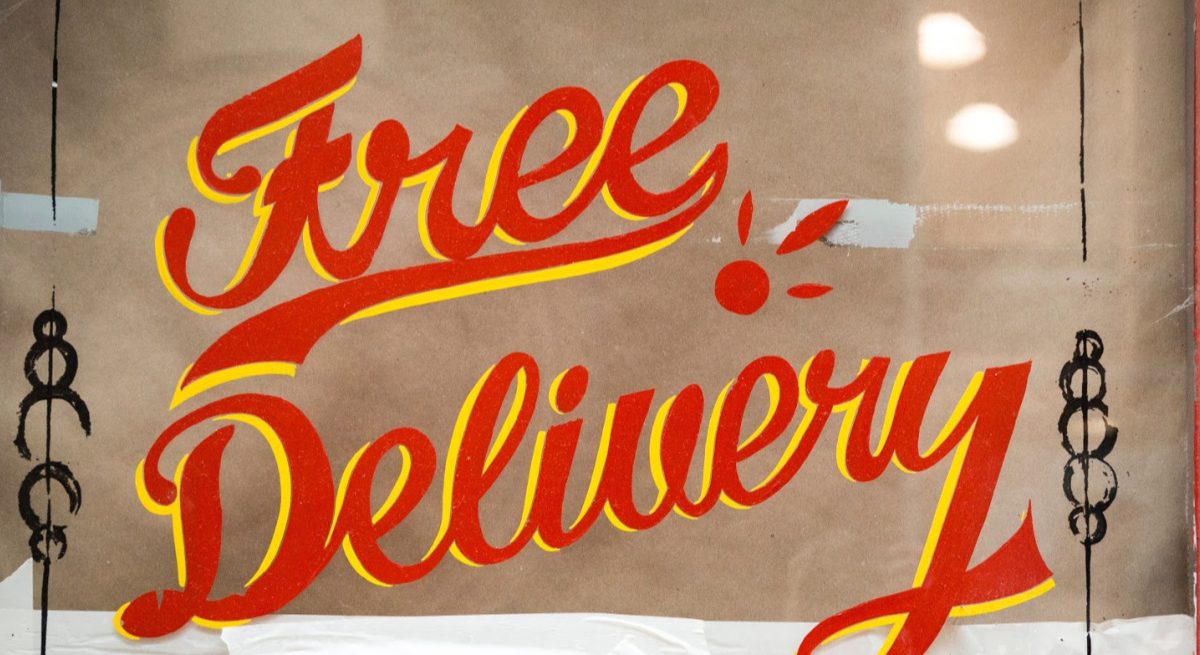Delivery Places New Demands on Restaurant Data Networks
3 Min Read By Donna Cobb
If the restaurant industry wasn’t tough enough, establishments now have to compete against “virtual” ones.
Food delivery apps like DoorDash and Uber Eats are reshaping the industry. It may sound futuristic, but these popular apps feature restaurants that only exist online. No real estate, tables, chairs and waiters. These restaurants prepare meals in a commercial kitchen to serve the growing trend of people, especially millennials, who enjoy the convenience of eating restaurant-quality meals at home. Talk about digital transformation.
The delivery-only business model has attracted some unexpected players. Bon Appetit magazine just launched a virtual restaurant in Chicago in partnership with Grubhub and Lettuce Entertain You, the Chicago-based restaurateur. The menu consists of recipes curated from the magazine and its YouTube channel, such as spicy pork soup and rigatoni with cauliflower bolognese.
For restaurants to remain competitive in the on-demand age, they have to embrace digital transformation and the necessary infrastructure needed to achieve it.
For restaurants to remain competitive in the on-demand age, they have to embrace digital transformation and the necessary infrastructure needed to achieve it. With a digital-ready data network, restaurants will be able to have the right online-ordering and delivery-management systems in place so they can bring hot, tasty meals to their customers’ doorsteps in a timely fashion.
Whether eateries are using a third-party or handling in-house, delivery places enormous demands on their networks. Grubhub, for example, recommends using internet-connect devices to manage orders. The Grubhub app alerts restaurants when a new order is placed, provides order details, allows employees to adjust delivery times, transfers the order to a point-of-sale system and tracks the delivery driver. That’s a lot of data flowing between the restaurant, Grubhub and the driver. Now multiply that by 10 or 20 or 100 during the lunch or dinner time rush.
Is your network ready? Every business has peak times, and you’re only as fast as your network. If you’re working with cloud applications, your network needs to carry the load without a blip.
In food delivery, mistakes are magnified compared to service inside a restaurant. During a visit to a restaurant, if a waiter writes down the wrong order or misses a special meal instruction, those mistakes can be easily corrected during the meal. A free drink or dessert also makes for a nice apology.
In delivery, you have one chance to get the order right; otherwise the customer might not return.
In delivery, you have one chance to get the order right; otherwise the customer might not return.
In addition to order accuracy, timeliness is critical to a successful delivery operation. Hitting a five-minute delivery window requires the precision of an orchestra. Each step — from order confirmation to cooking the meal to packaging the meal to driver hand-off — has to be synchronized. Most, if not all, of the communication is happening over the network. A slow, unreliable network can mean the difference between a happy customer with hot soup and an unhappy customer with cold, soggy french fries.
Quick-service, casual and even fine-dining restaurants are all capitalizing on the possibilities and benefits of delivery services. But the growing popularity of restaurant delivery has stressed already thin profit margins in the industry. The challenge has created a new urgency to deploy digital platforms and technologies that will streamline operations while also delivering new customer experiences that build loyalty.
The increase in the number and diversity of devices and applications generates complexity that can overwhelm network resources. Most of today’s networks were not designed to meet the demands of digital transformation.
Networks, like the food you serve, should never just be OK.


